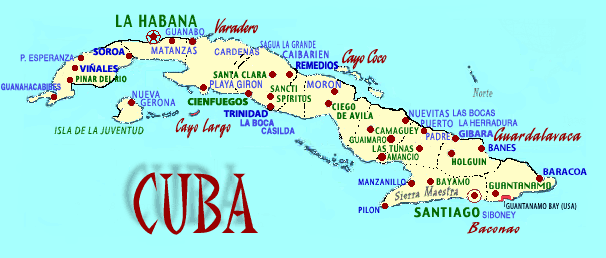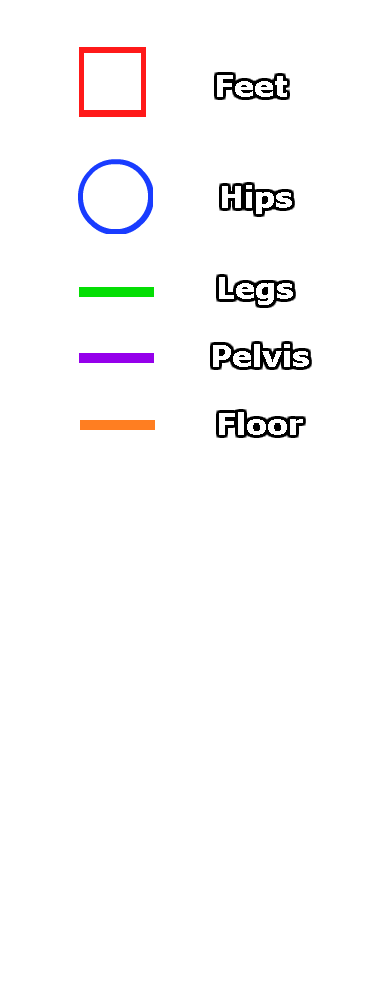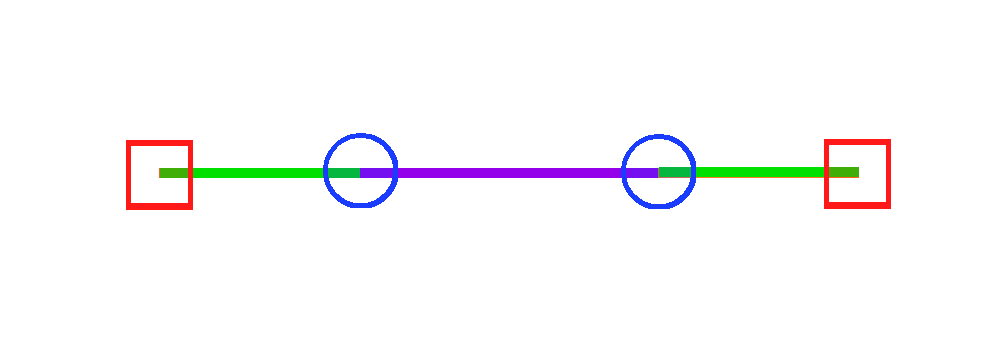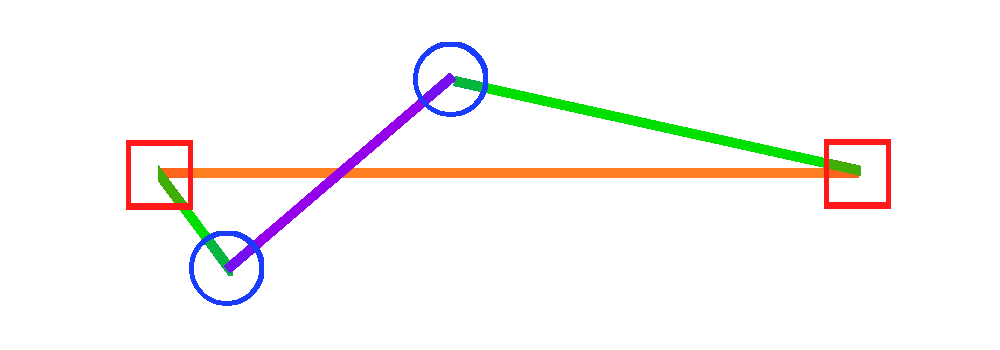The Cuban Hip Action 
14 December 2016
One of the most essential movements in Rumba and Cha Cha is the Cuban Hip Action. Rhythmical hips are one of the most eye catching aspects of Latin, yet for all its allure, the proper technique escapes so many dancers. Today, we are going to talk about the two types of hip movements that go into the Cuban Action, and how exactly to dance that action properly.
Pendular Hip Movement
The first type of hip movement is the Pendular Movement, so called because the hips act as a pendulum, where the spine is a string. In this type of hip movement, the hips swing freely from side to side, but without any twisting or rotating. When the hips swing to the left, the left hip rises and the right hip lowers, and vice versa. The diagram below accurately depicts the geometry involved in the Pendular Hip Movement from a frontal view.
 |
 |
To bring you back to seventh grade math class, the shape above is called an isosceles trapezoid when in the central position, and it is formed by the ground on the bottom, your legs on the side, and your pelvis on top. Because your feet are anchored to the floor, your knees are kept straight, and your pelvis is solid (hopefully), the sides of this trapezoid do not change, but what does change is the angle of the joints, i.e. your hip joints and ankle joints. By moving these joints, you are able to move the pelvis freely.
To practice this, stand with your feet shoulder width apart and your knees straight. Now allow your hips to move side to side, as shown in the diagram above, and you will notice that as they move side to side, they also tilt.
Make sure as you practice this movement your shoulders and head do not move at all, otherwise you are not isolating the movement, and your knees stay completely straight.
Rotary Hip Movement
The second type of hip movement is the Rotary Movement, so called because it involves rotation around a central point. Here, your spine will stay as a straight, vertical column, and your hips will rotate freely around it, without any dipping up and down or shifting side to side. The diagram below accurately depicts the geometry involved in the Rotary Hip Movement from a bird's eye view.

To practice this, stand with your feet shoulder width apart and allow your hips to rotate around your spine, as shown in the diagram above. Again, make sure as you practice this movement your shoulders and head do not move at all, otherwise you are not isolating the movement, and your knees stay completely straight.
The Cuban Action
The Cuban Action is just a combination of the pendular and Rotary Hip Movement, but it is trickier than it sounds. If you have ever tried patting your head with one hand and rubbing your stomach with the other, you will know that coordination takes practice. The cuban action is correctly danced when both the Pendular Hip Movement and the Rotary Hip Movement occur simultaneously. Although this action is often called a figure eight movement, you can see from the diagram below that each hip makes a circle.

The direction of each circle is forward through the centre, then outward, and back around the outside. That direction is never reversed. To practice this, start with your hips all the way to the left with a pendular movement, and with the right hip rotated forward. From here, pendular to the right, while maintaining the right hip forward. Next, rotate the right hip around and back, so the left hip is forward. From there, pendular to the left, while maintaining the left hip forward. Finally, rotate the left hip around and back, so the right hip is forward. Repeat this to practice the Cuban Action. Once more, make sure that as you do this, the knees remain completely straight, without even the slightest bit of flexion. One of the worst mistakes beginners make is to bend the knees, because it makes moving the hips easier, but that hip action will not be achieved through correct technique, so keep the knees straight!
To see this principle in action, check out this video, showing the PreBronze figure, the Cuban Rocks. This basic figure consists of two weight changes, but without the feet moving. It is the best figure for examining and practicing the cuban action.
Using the Cuban Action with your feet firmly planted on the ground is hard enough, but eventually you will have to be able to use the Cuban Action in every step of your Cha Cha and Rumba! We will save that for another time.